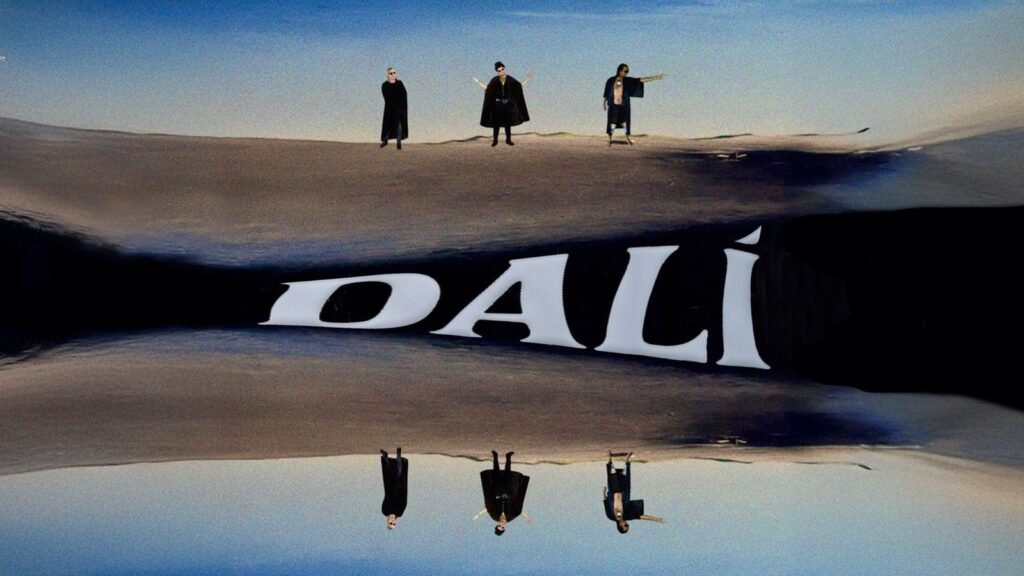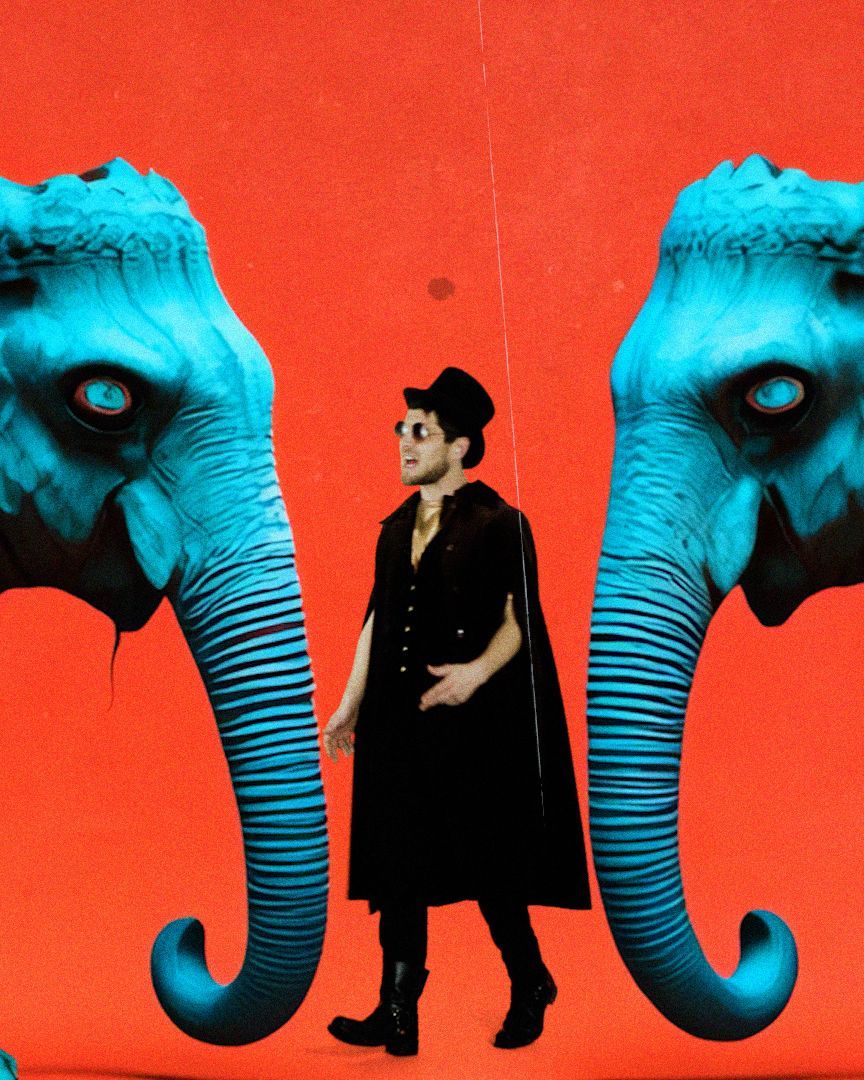Echoes of the Surreal: Pandemonium’s “Dalí” and the Art of Dreaming in Sound

Pandemonium comes in, in an era where formula has taken over the airwaves and algorithms are the driving force to creativity. Maffmatix, Claire Ray, and Charlton Banks—the three of them—do not want to follow the trail of predictability; they prefer to walk along the unexplored boundaries of sound and imagination. Their first song, Dali, is not just a song, but an art, a statement that hip-hop can still be experimental, intelligent, and highly expressive. Inspired by the surrealist genius Salvador Dalí, the group creates a sonic world in which the line between the real and the unreal blurs, inviting listeners to cross over into a place that feels both alien and familiar at once. This could not be the art of the masses; it is the art of the mind, the dreamer who is ready to give oneself to sound.
Musically and lyrically, Dali is a surrealist painting brought to life. Every line is a stroke of the brush – painstaking, superimposed, enigmatic. The production of Maffmatix is a dream mix of opposites: haunting trip-hop sounds floating above boom-bap beats that beat like clockwork hearts. The vocals of Claire Ray are floating on the mix like smoke on molten brass, and she is ethereal and alluringly smooth, but Charlton Banks is the one who holds the chaos together with his cryptic bars that bend logic, as well as language. They, combined, call to mind both death clocks, broken mirrors, and endlessly long hallways of ideas—the dreamscapes of Dalí revisited on beat. The form of the song is not traditional, and the rhythm is like a stream of liquid, flowing between the genres, between whispers with soul undertones and abrupt outbursts of lyrical seriousness. All the sounds feel as though they are breathing, stretching, and bending under the weight of their own fantasy, producing a topography in which emotion and abstraction are in an ideal relationship. It is music philosophy, poetry rebellion.
 By the time “Dali” is reduced to its last echoings, it does not leave only an airing behind it, but a scar. The video that accompanies the experience further enriches it. It makes Pandemonium seem like pan-dimensional travellers who can randomly drift through the “Daliverse”, which is a place where art and consciousness are one. This visual companion not only complements the song, it enhances its dream logic, making sound the sound and vision the sound and vice versa. Pandemonium, in its release, demonstrates that real art can always survive in the underground and live without any tendencies or measurements. That music can still challenge, provoke, on the one hand, and awaken, on the other, is the pledge of “Dali.” It is a rebellion of imagination, an unreal dialogue of time and timelessness. In a virality-crazed world, Pandemonium pursues something much more lasting, namely, transcendence. And with “Dali,” they may have only caught it.
By the time “Dali” is reduced to its last echoings, it does not leave only an airing behind it, but a scar. The video that accompanies the experience further enriches it. It makes Pandemonium seem like pan-dimensional travellers who can randomly drift through the “Daliverse”, which is a place where art and consciousness are one. This visual companion not only complements the song, it enhances its dream logic, making sound the sound and vision the sound and vice versa. Pandemonium, in its release, demonstrates that real art can always survive in the underground and live without any tendencies or measurements. That music can still challenge, provoke, on the one hand, and awaken, on the other, is the pledge of “Dali.” It is a rebellion of imagination, an unreal dialogue of time and timelessness. In a virality-crazed world, Pandemonium pursues something much more lasting, namely, transcendence. And with “Dali,” they may have only caught it.
Follow Pandemonium’s



